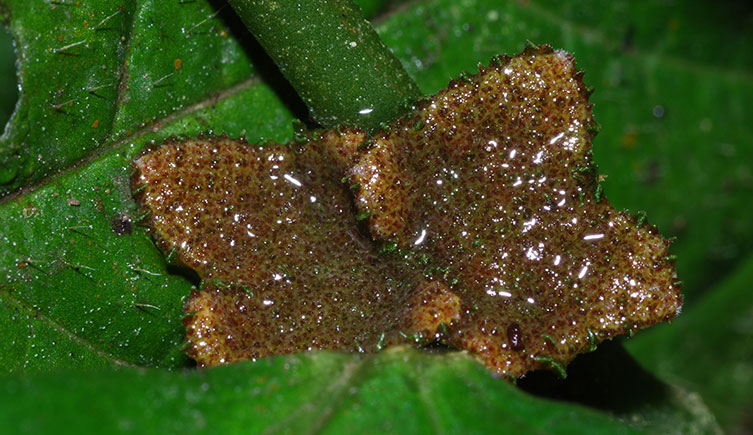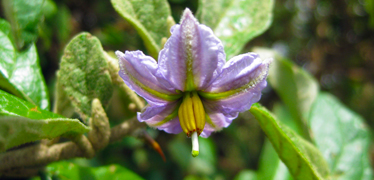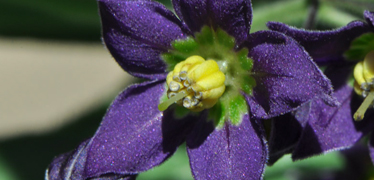Urticaceae systematics

A new species of Elatostema from Guangxi, south China
Project summary
- Focus: Developing a family-level phylogeny of the Utricaceae to provide a revised classification and new hypotheses
We are studying the diversity, taxonomy and evolution of the Urticaceae family of nettles.
We are developing a family-level phylogeny of the Utricaceae to provide the basis for a new, revised classification and as framework for developing hypotheses about broader concepts in plant evolutionary biology. Specifically:
- What are the drivers of species-rich genera Pilea and Elatostema? And are they a byproduct of phylogenetic constraints?
- Why is there such a diversity of female flower morphology in this wind-pollinated family? And does this suggest the presence of different pollination systems in the past?
- Did the genera associated with disturbed habitats evolve at the same and how does this compare to genera in other plant families that are also associated with disturbed habitats? Can this tell us something about the distribution of disturbed habitats through time?
Reviewing classification
We are reviewing the classification and documenting the diversity of the circa 50 genera in the family with an emphasis on those paraphyletic or polyphyletic genera: Myriocarpa / Gyrotaenia, Laportea, Pouzolzia, Urera, Parietaria/ Soleirolia/ Gesnouinia, Australina/ Droguetia, Pipturus/ Nothocnide and the Boehmeria nivea group of taxa.
Testing hypotheses about the colonisation of karst formations
We are investigating the colonisation of karst formations by the genera Elatostema and Pilea: is it the product of repeated local colonisations, or of a single colonisation event followed by sustained net speciation?
Museum staff

Biodiversity research
We are creating molecular and digital tools to explore undiscovered biodiversity

Plants research
Studying a wide variety of plants, including bryophytes, ferns and flowering plants

Botany collections
Explore our collection of an estimated six million specimens from around the world